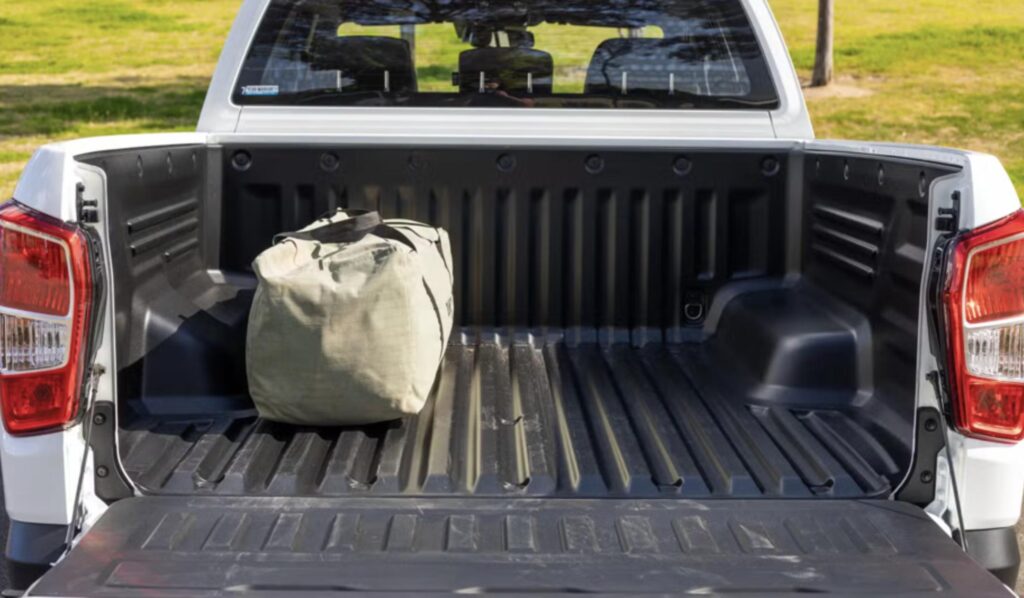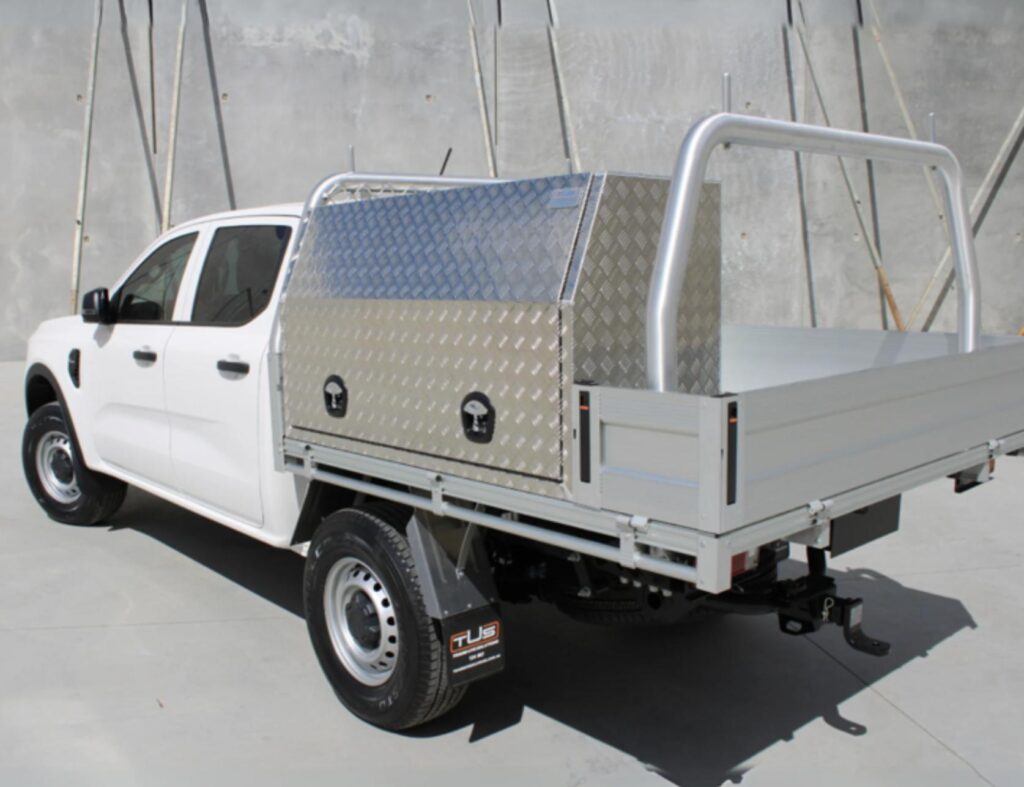We love when customers choose to pick-up from the farm. It’s only 45 mins from Brisbane, and orders can be ready the next morning. Here are some tips to ensure an easy, efficient and safe experience for customers who choose to collect their turf from the farm.
How much turf do you need?
Firstly, you need to know how much turf you need. Measure, and measure again to be sure. Check out our measurement blog for hints and tips.
How big is a pallet of turf?
The size of a pallet is 1200mm long x 1200mm wide – this does not change However, the height of the pallet does vary based on the turf variety and number of sqm ordered.

How is turf loaded onto my vehicle?
Paul, the Farm Manager, will organise to load your order directly onto your vehicle with our forklift. We load your order without the steel pallet, so there is nothing to return to our farm. The office will provide you with Paul’s number when you make a pick-up order so that you can call him as you get close to the farm. This allows him to prepare for your arrival so the pick-up process can be as smooth as possible.
Make sure your trailer tyres are pumped up before your leave home, and bring tie down straps to secure the load. Quick and easy loading will take about 15 mins at the farm including tying down your load. Before you know it, you will be off home to install your new lawn.
We prefer customers to bring vehicles that are easy to load:
Easiest vehicles to load:
- Ute with flat tray or with drop sides and no canopy
- Single or double axles trailers with rear and/or drop sides
Trickiest vehicles to load:
- Utes with toolboxes, and other obstacles – needs hand-loading
- Utes with canopies – height restricted
- Style-side utes with wheel arches within tray – tighter fit for load.
- Trailers with cages above – height restricted
- Any vehicle with ramps that limit access, e.g. horse floats, car trailers – ramps obstruct, and our forklift cannot get close enough



How much turf can my vehicle carry?
The next important step is to know your ute and/or trailer’s load capacity.
In Australia, vehicles are limited to the amount of weight they can carry to ensure they are safe to drive on our roads. If you overload, you may be fined or, in the case of an accident, have your insurance claim refused. Don’t push the limits!
It is important to note, turf slabs can vary in weight depending on variety, how wet the slab is, and how much soil is attached. To account for this variance, it is safest to be under capacity with your load. We will ask you questions about your vehicle and do our best to limit your order with the information you provide, but your load is ultimately your responsibility.
Here are some helpful links on transporting loads.
https://www.qld.gov.au/transport/vehicle-safety/transporting-loads/how-to-transport-loads
https://www.racq.com.au/car/towing/trailer-and-tow-vehicle-specifications
https://www.racq.com.au/car/towing/trailer-and-tow-vehicle-specifications
Utes and their carrying capacity
Most utes have a payload or carrying capacity of 1000 to 1200kg, but this includes passengers, toolboxes, accessories – and your load!
On average 1000kg will be between 40-50sqm of turf.
Look for your ute’s carrying capacity on the VIN plate. It may be under the bonnet or on the door pillar. Refer to your owner’s manual if you can’t find the VIN plate on the vehicle and make sure you know what you can carry.
How to work out your ute’s carry capacity:
GVM or Gross Vehicle Mass: is the maximum total weight your ute can weigh including itself, passengers, cargo and accessories.
Kerb Weight: is the weight of the vehicle with full tank of fuel but no passengers, load or accessories.
Payload: is the maximum weight the vehicle can carry, calculated as GVM – kerb weight.
Let us know your vehicle’s payload when ordering your turf.
Trailers and their carrying capacity
Your trailer VIN plate will be on the chassis or frame or sides, it won’t be hard to find and will clearly state the towing capacity details. It will also be on your trailer rego. Look for the following details:
ATM or Aggregate Trailer Mass: is the weight of the trailer fully loaded when it is unhitched from the tow vehicle whilst sitting on its jockey wheel or stand. Ensure the towing vehicle has sufficient capacity for the trailer’s ATM.
GTM or Gross Trailer Mass: is the total weight of a trailer, fully loaded when it is hitched to the tow vehicle. The GTM of most single axle trailers without brakes in Queensland is 750kg. Double axle trailers with brakes can carry double or more weight than single axle trailers.
Tare Weight: is the empty weight of the trailer.
Payload: ATM minus the Tare Weight is the maximum load in kgs you can carry.
The Payload is the weight of turf you can safely carry. Let us know this weight when you are making your order.
As an example:
6×4 Single Axle Box Trailer: ATM: 750kg, Tare: 300kg, Payload: 450kg
The weight of turf safe to carry is 450kg. This would be approximately 30sqm of wintergreen turf.
Towing capacity:
Check the permissible combined weight of your towing vehicle and the trailer including the trailers load. Your owner’s manual will outline the Gross Combined Mass (GCM) your vehicle can permissibly tow.
There is only one way to transport your load and that is safely. So if you are bringing your own vehicle, borrowing a friend’s, or hiring from the local depot, make sure you know your carrying capacity.
At West Turf we love the DIY-ers. Pick-up your turf direct from the farm, take it home, unload it, install it, and love it.


